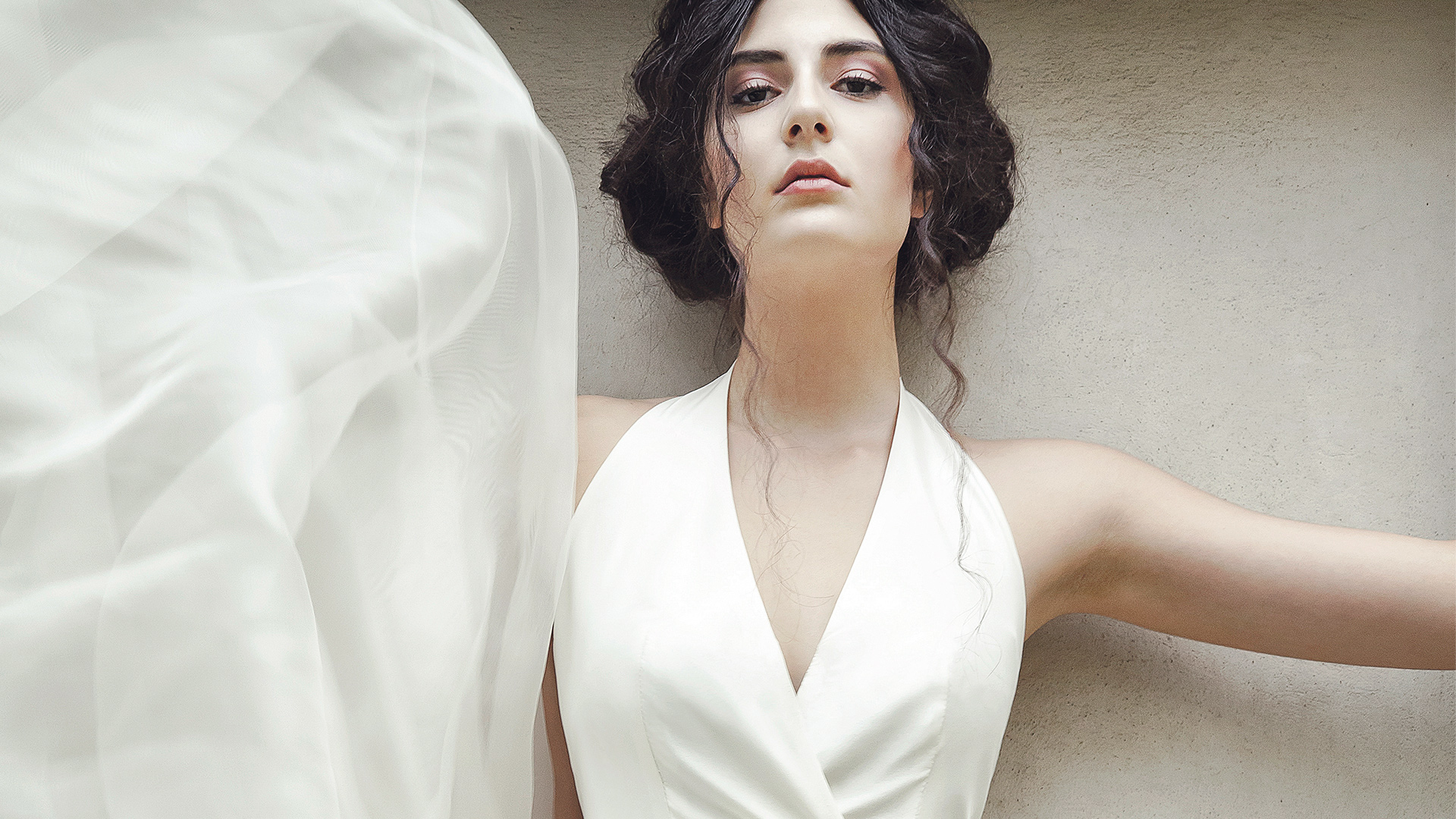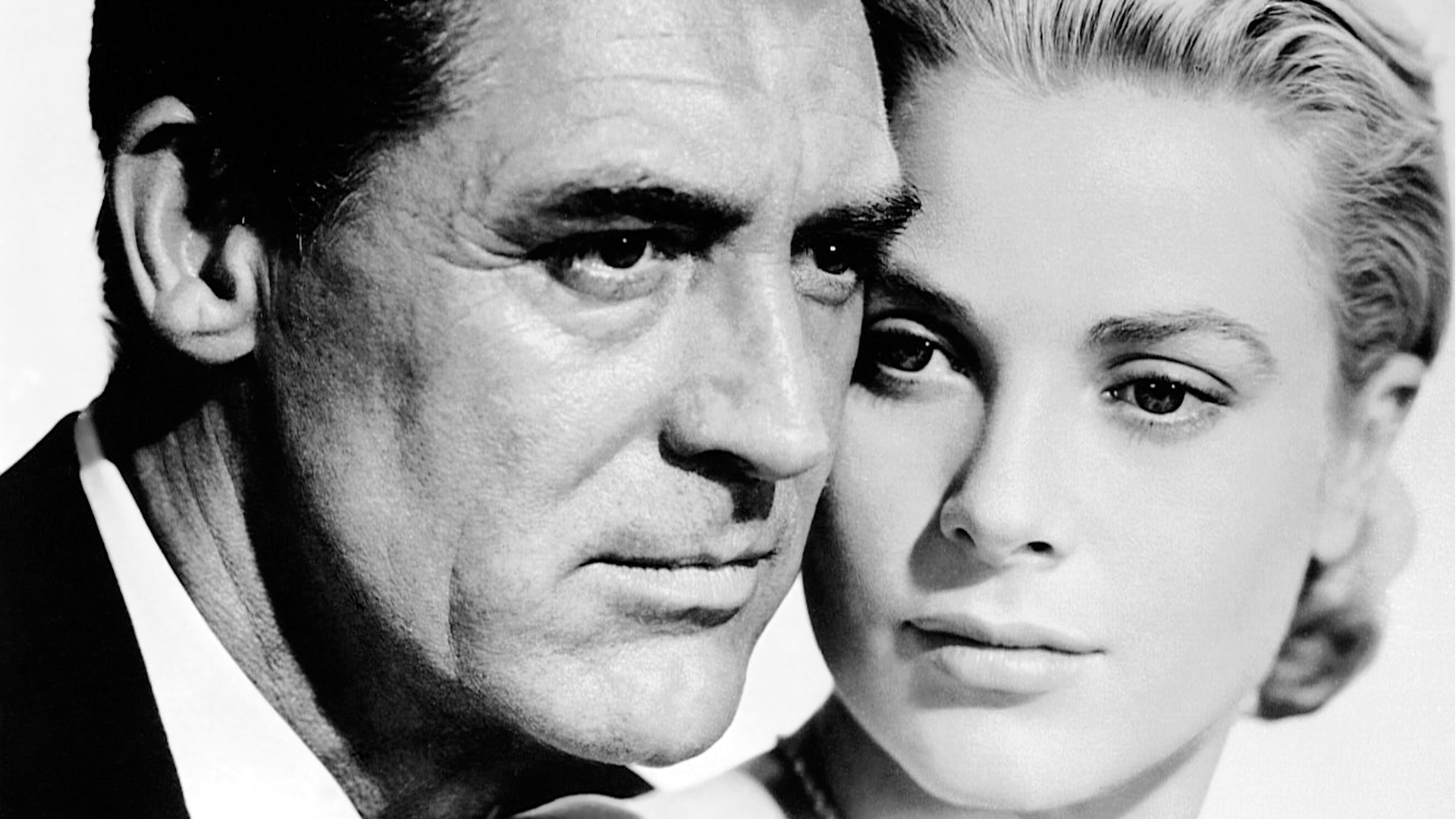Beautiful buildings
The Josefstadt owes much of its elegant atmosphere to its fine turn-of-the-century architecture. Let us take you on a short stroll through the neighbourhood.
Our 20-minute walk starts in the heart of the district, on the corner of Albertgasse and Florianigasse with its two imposing residential buildings. Albertgasse 34 was planned by Ernst Ornstein in 1909 and is distinguished by a baroque repertoire of forms that combines delicate ornaments with neoclassical garlands and Secession-inspired elements.
A short walk down Skodagasse takes us to Krotenthallergasse 8: its elegant entrance is flanked by two striking wrought-iron lamps. The stunning building with French Art Deco elements was designed by Wilhelm Fraenkel in 1904-06; he lived and worked there himself until his death in 1916, aged 72. Many of Fraenkel’s elegant townhouses and grand hotels have since been destroyed or altered; only the famous Hotel Sacher next to the State Opera has remained relatively unchanged, at least on the outside.
A right turn into Kupkagasse takes us to Hamerlingplatz. Here, at number 4, we find a pleasant corner house (1905) with charming wrought-iron balconies and a magnificent oak door; like the adjacent building on Kupkagasse 1 (1901) it was planned by Arthur Baron. With his functionalist tendencies, Baron was one of the leading representatives of early Viennese modernism before World War I.
Continuing past the playground and the park we come to a big corner building on Hamerlingplatz 10 (1906); it was designed by Adolf Oberländer who worked his way up from provincial bricklayer to urban architect.
Our tour ends in front of the residential buildings on Skodagasse 1–3 which were planned by Arnold Karplus in 1909. While Skodagasse 1 has recently been renovated and painted a charming light blue that creates a lovely contrast with its bright red tiles, its twin on number 3 is still waiting to be roused from its slumber.
Incidentally, Skodagasse 1 used to have a very prominent resident: Austria’s federal president Adolf Schärf lived there from 1938 until his death in 1965 – even after he had been elected president in 1957 he refused to move to the official presidential apartment, preferring to remain in his old flat which was within walking distance from the presidential office in Hofburg Palace.




